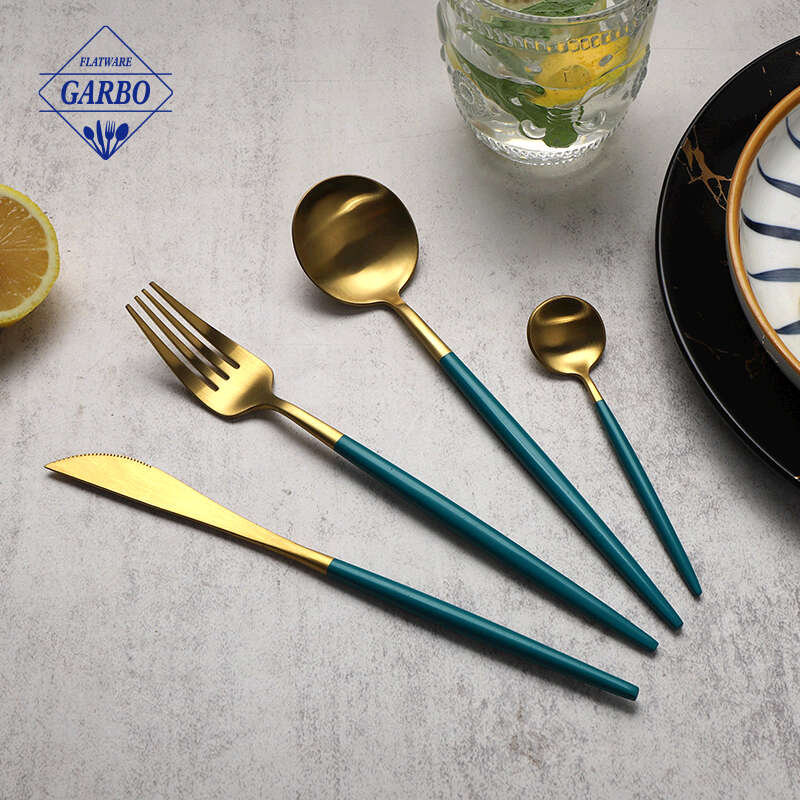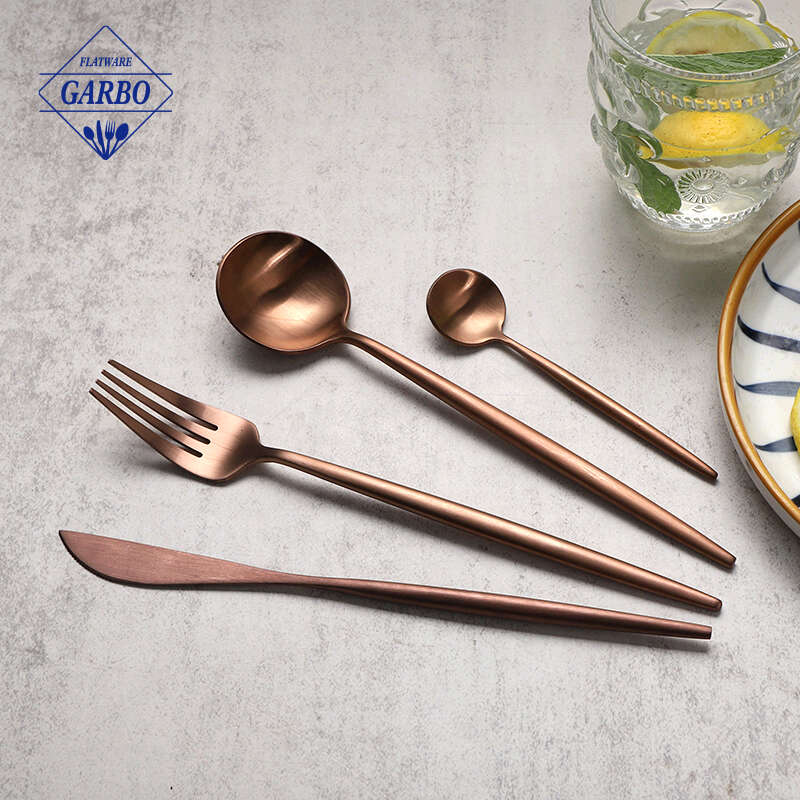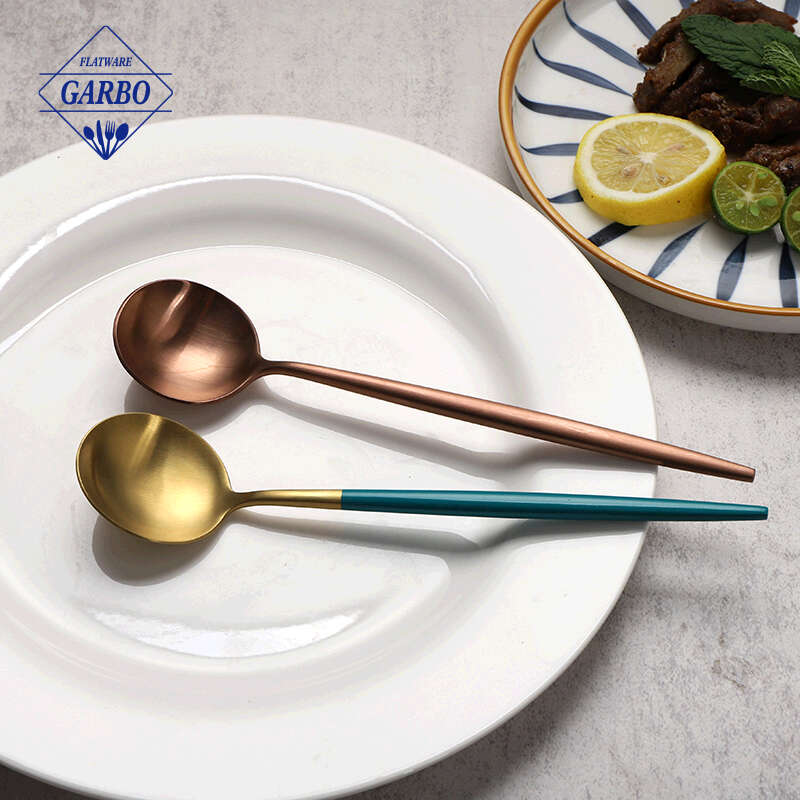Pulished on Jun. 17, 2022

Why do stainless steel cutlery turn blue in the dishwasher
1.stainless steel material
To be classified as stainless steel, cookware and cutlery must contain at least 10.5% chromium. Higher percentages of chromium - and other elements like nickel - lead to higher levels of corrosion and stain protection. For example, "18/8" stainless steel contains 18% chromium and 8% nickel; while "18/10" stainless steel contains 18% chromium and 10% nickel.
2.other materials
According to the Health Craft Cookware website, 18% chromium and 8% nickel make up only 26% of 18/8 stainless steel. That means the remaining 74% of the material is something else, which may or may not be durable elements like titanium and vanadium. Stainless steel produced outside the U.S. can easily turn blue -- as well as grey or black -- and is more prone to rust, corrosion and warping because it's not composed of high-quality materials, Health Craft notes.
3.Dishwasher problem
Stainless steel cutlery and cookware can turn blue due to detergent in the dishwasher. Sheffield Cutlery warns against using stainless steel utensils in dishwashers because of "detergent blooming," which refers to the dishwasher's inability to properly rinse detergent from the machine's contents. This produces blue rust on stainless steel. Using too much rinse aid can also cause detergent bloom.
4.chemical reaction
A mixture of hot water and detergent chemicals can cause discoloration on stainless steel dishes. Solex Cutlery recommends against mixing chrome-plated steel, stainless steel, and silver-plated steel in the dishwasher because the various metals can cause a chemical reaction that can cause blue spots.
5.Other Considerations
There are a few steps you can take to reduce the chance of stainless steel turning blue in your dishwasher. Rinse salty foods, as well as foods with high acid content, such as salad dressing or fruit, from stainless steel before placing them in the dishwasher to reduce chemical reactions. Also, don't overpack the cutlery basket; leave room for all cutlery to be properly washed and rinsed. Do not allow dishwasher detergent to spill on dishes and cookware, as full-strength dishwasher detergent is much stronger than the mild dishwashing liquid you use in the sink and may be too strong. Also, soaking blue items in vinegar for 10 minutes -- then rinsing -- may help restore the original color.

